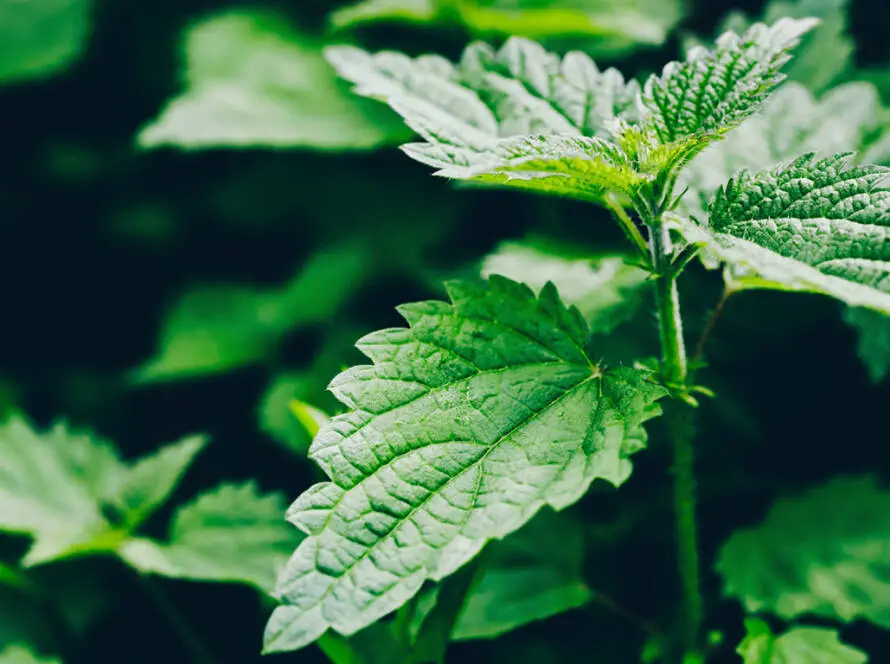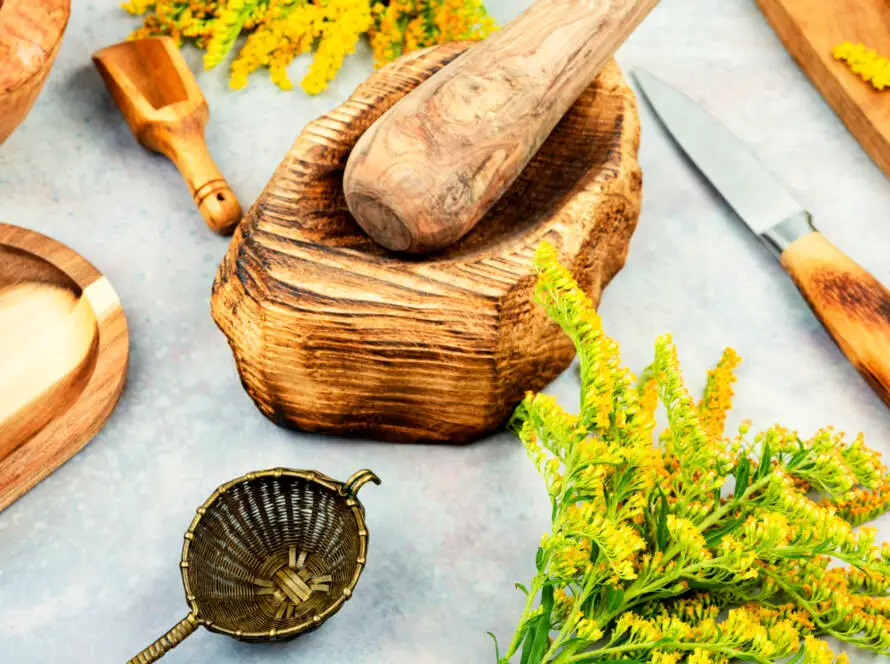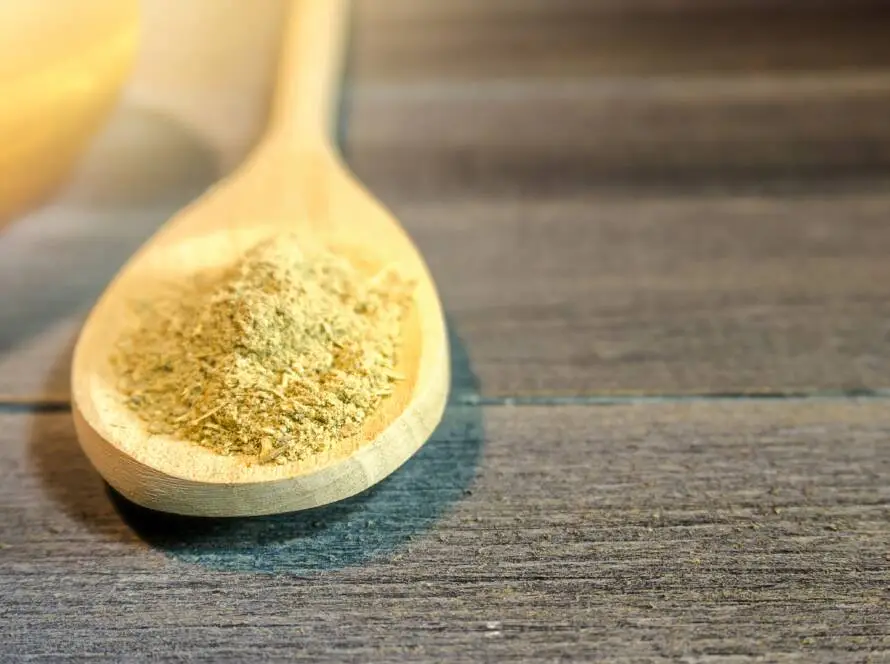Sage
Introduction
Sage is a silvery-green plant known for its fragrant leaves. Initially found in the Mediterranean, it is now grown in North America. The leaves serve both medicinal and culinary purposes. The name “salvia” comes from the Latin word “salvere,” meaning “to cure.” Traditionally, sage and its oil have been used to treat various illnesses, including oral and gastrointestinal inflammations. It has applications as a tonic, antispasmodic, antiseptic, and astringent, and is used to manage excessive sweating. Internally, sage is consumed as tea for conditions like dysmenorrhea, diarrhea, gastritis, tonsillitis, and sore throat. Dried sage leaves are also smoked to alleviate asthma symptoms.
Dried sage is a popular culinary spice and a source of sage oil, obtained through steam distillation. The plant’s fragrance is noted for masking unpleasant odors, particularly in fish dishes. Sage oil is commonly used in soaps, perfumes, and food flavors.
Common Names
- Sage
- Garden Sage
- True Sage
- Scarlet Sage
- Meadow Sage
Latin Name
- Salvia officinalis
Uses
Sage is used for:
- Culinary purposes as a spice and source of sage oil
- Medicinally for its antispasmodic and carminative properties
- Recommended for dyspepsia, excessive sweating, and as a gargle for coughs and colds
Application
For conditions like mouth inflammation, gingivitis, and sore throats:
- Add 3 grams of sage leaf to 150 ml of boiling water, strain after 10 minutes, and let cool. The resulting tea can be used as a mouthwash or gargle several times daily.
Scientific Insights
Sage leaves are recommended for various conditions, including dyspepsia, excessive sweating, and as a gargle for coughs and colds.
Side Effects and Cautions
- Reported side effects from sage ingestion include cheilitis, stomatitis, dry mouth, and local irritation. These effects have been noted particularly after consuming sage tea or large amounts of the plant extract.
Sources
- Information was accessed from Drugs.com and Wikipedia.
This summary highlights the key aspects of sage, including its uses, applications, and potential side effects.
Disclaimer
The information I’ve shared about herbs is for educational purposes only and is not meant as medical advice. While many herbs have been traditionally used for their potential health benefits, individual responses may vary, and the effectiveness of herbs can depend on various factors, including personal health conditions and interactions with medications. It is essential to consult with a qualified healthcare professional or a licensed herbalist before using herbs for medicinal purposes or making significant changes to your health regimen. This information should not be considered a substitute for professional medical advice, diagnosis, or treatment.


